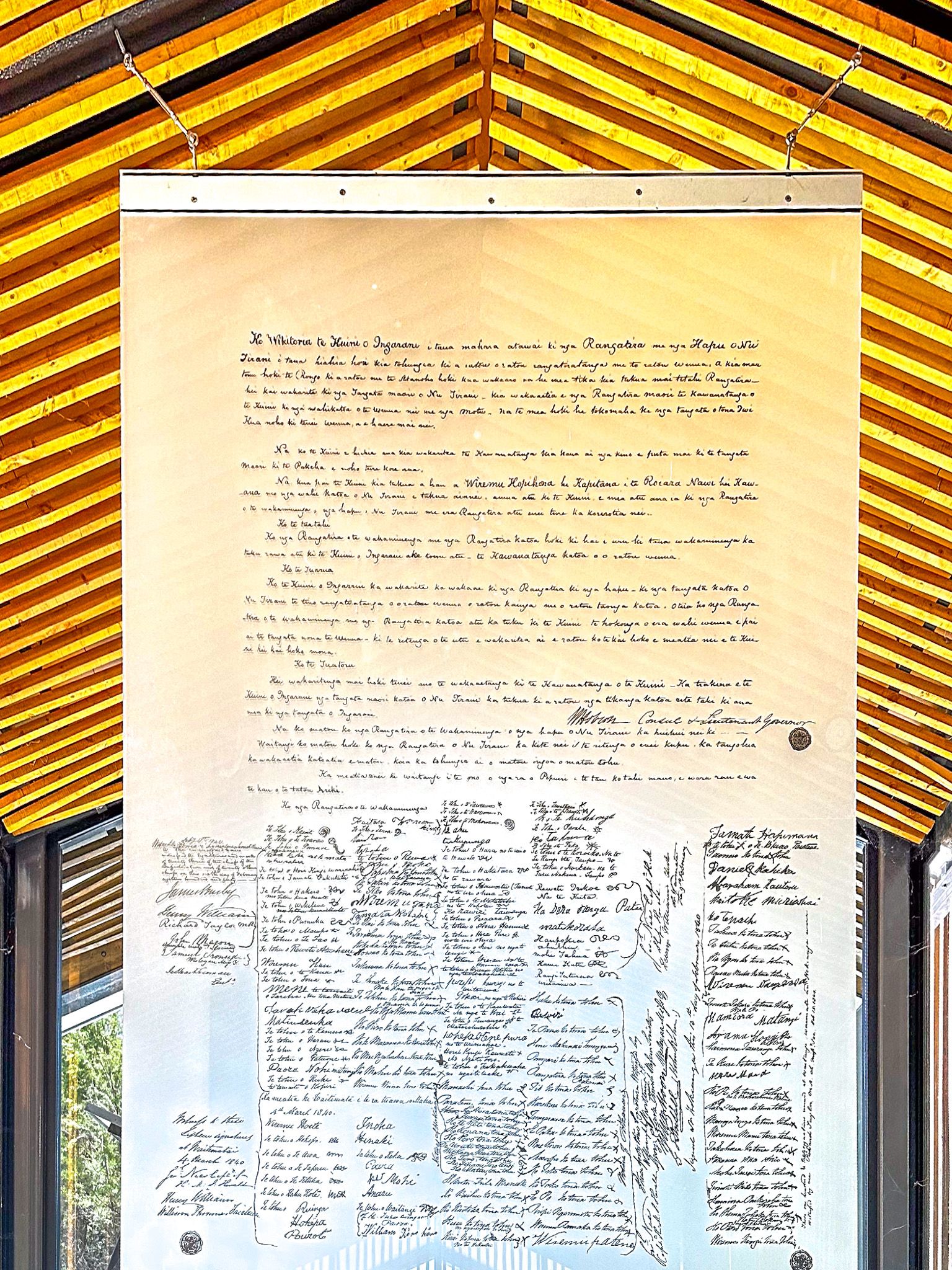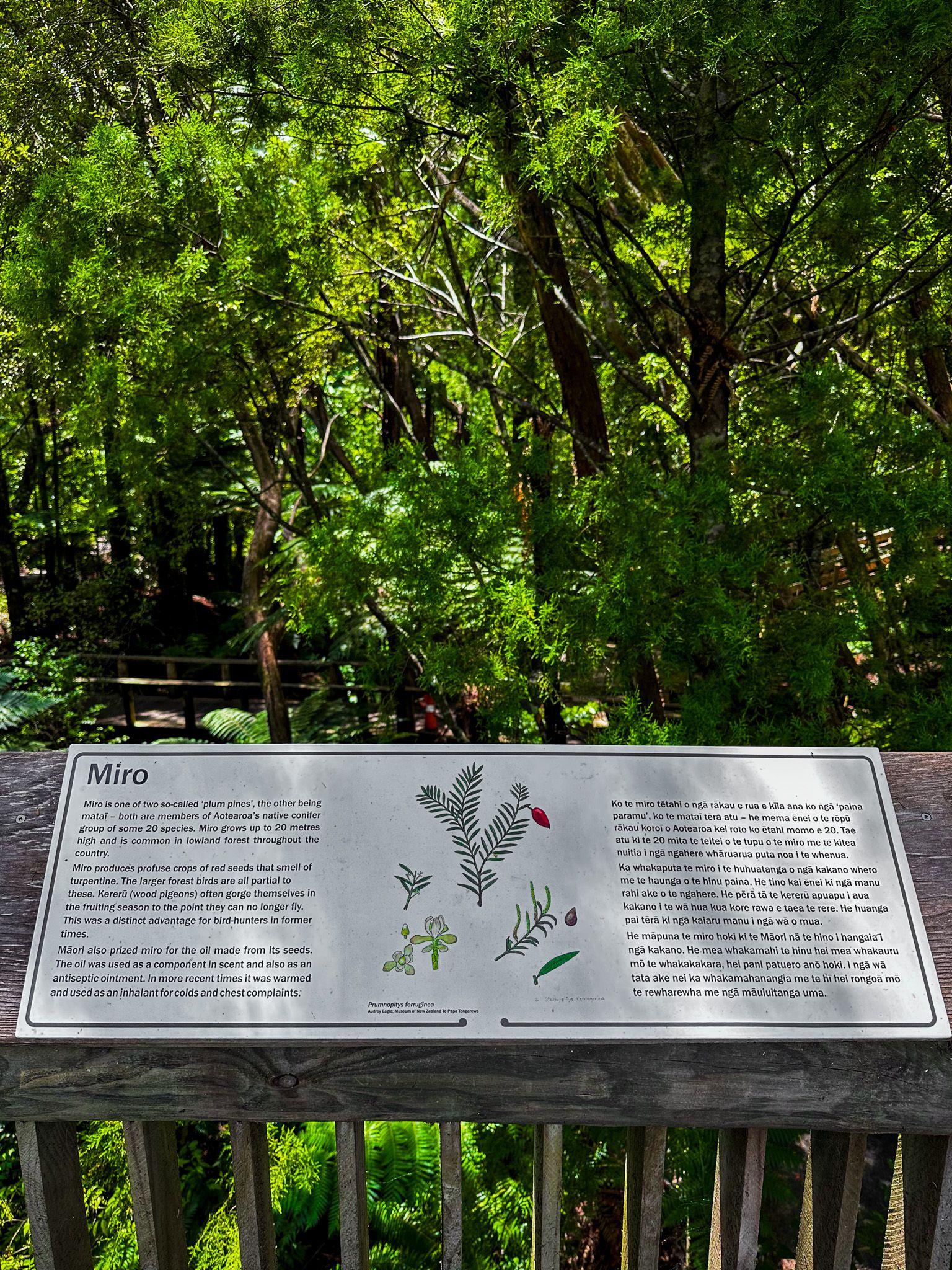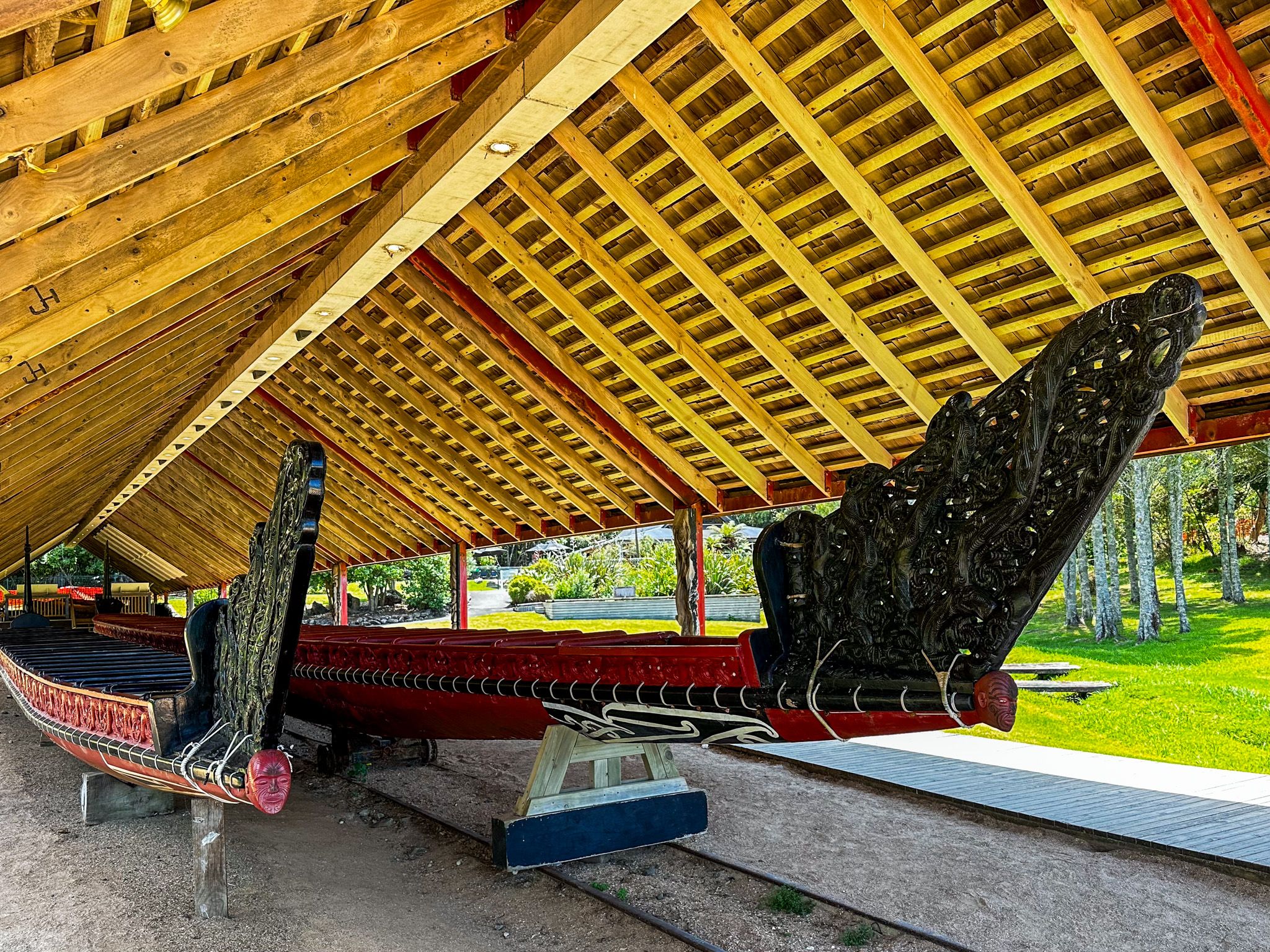Waitangi is a picturesque peninsula on the west side of the Bay of Islands, immediately north of Te Ti Bay and Paihia. The centrepiece of the peninsula is the beautiful Waitangi Treaty Grounds, set against the Waitangi golf course and a selection of tourist attractions. The name "Waitangi" means "loud waters," likely a reference to the nearby Haruru Falls.
However, Waitangi’s allure extends far beyond its natural beauty due to its profound significance in creating Aotearoa, NZ. In 1832, James Busby was appointed the British Resident, the inaugural representative of the United Kingdom in NZ. Despite the modest European population, predominantly concentrated around Kororāreka east of Waitangi on the far side of the Bay of Islands, the influence of missionaries since 1814 had been profound, with a substantial number of Māori embracing Christianity.
Yet, challenges loomed amid this backdrop of cultural exchange and early European interactions. The brutal attack on Ngāi Tahu on Banks Peninsula in 1830 epitomised the spectre of lawlessness among some Europeans. Led by Te Raupoaraha and supported by Captain John Stewart in his Brig the Elizabeth, 100 Ngāti Toa warriors launched a surprise attack at Takapuneke. Hundreds were killed and enslaved.
Moreover, whispers of French colonisation stirred apprehension due to the du Fresne incident and massacre of 1771, prompting 13 northern rangatira, supported by missionaries, to petition the British King in 1831 for protection. This resulted in Busby's appointment and his subsequent acquisition of Waitangi by him and his wife Agnes.
Though facing resource constraints, Busby left an indelible mark on NZ's history. He led local rangatira in introducing the inaugural New Zealand flag, Te Kara, in 1834 and drafted the Declaration of Independence, He Whakaputanga, in 1835. This was signed by 35 northern rangatira at Waitangi. He Whakaputanga established the Confederation of Northern Chiefs as the de facto authority in New Zealand's northern region and was recognised by the British Crown. Hone Heke gifted a kauri to Busby to make a flagstaff, and Te Kara was raised at Waitangi.
The Treaty of Waitangi, Te Tiriti o Waitangi, which granted sovereignty to the Crown in return for protecting Māori and their interests, was drafted and signed at Waitangi in 1840. Unfortunately, it did not take long for issues to arise between the new governor, William Hobson, and local Ngāpui. Hiobsom moved the flagstaff to Te Maiki near Korārareka (soon to be Russell) and replaced Te Kara with the Union Jack. This was the first in a series of missteps that led to the Flagstaff War in 1845.
Like the Treaty, Waitangi fell into a state of disrepair as the European majority in NZ grew and preferred to forget Te Tiriti, but Māori did not forget its promises. In 1932, Governor General Lord Bledisloe and his wife acquired Waitangi and gifted it to the people of New Zealand. Improvements were made for the centenary celebrations of 1940, and more improvements followed as Te Tiriti was revitalised over the last few decades.
Today, Waitangi is a superb experience with two fabulous museums, Te Kōngahu and Te Rau Aroha, offering poignant reflections on the NZ story. The original Busby homestead is now the Treaty House and cultural performances can be viewed nearby at Te Whare Runanga. Ngātokimatawhaorua waka is the largest in the world, housed in Te Korowai ō Maikuku above Hobson Beach. And, over it all, the restored flagstaff flies both NZ flags and the Union Jack as a testament to the modern-day recognition of our heritage.












